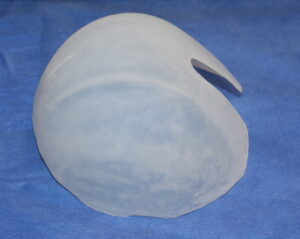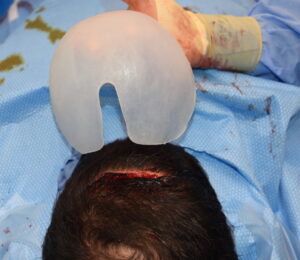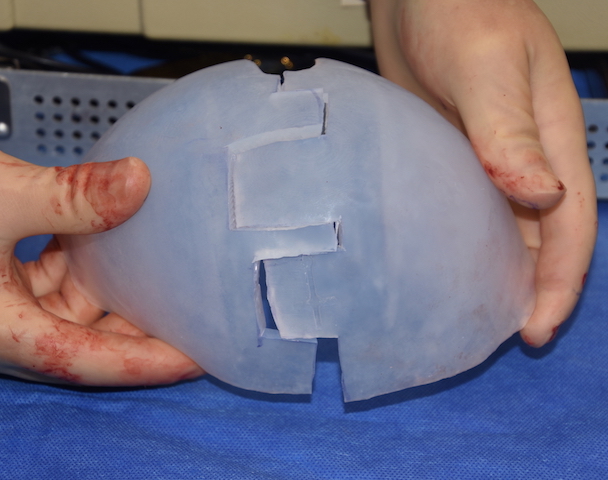The use of custom skull implants has made a wide range of aesthetic head shape changes possible. Using 3D scans and design software implants can be designed for any skull surface(s) to create the desired effect. Such skull implants are far larger than any type of facial implants and their introduction through scalp incisions must be carefully planned.




One of the important aesthetic skull reshaping principles, beyond just that of implants, is to limit the tradeoff of the scalp scar to do so. Sectioning the implant into smaller pieces is one approach accomplishing that goal.
Dr. Barry Eppley
Indianapolis, Indiana





